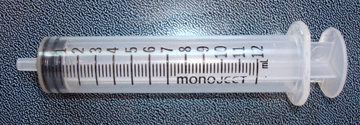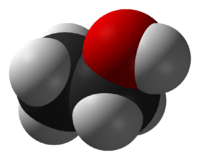What is Ethanol and what are the effects?
Ethanol is a liquid alcohol made of oxygen, hydrogen and carbon and is obtained from the fermentation of sugar or converted starch contained in grains and other agricultural or agri-forest feedstocks. In Canada and the US, ethanol is presently made principally from corn and wheat.
Ethanol is combined with gasoline, and a primary function is to reduce engine knock. In combustion, ethanol provides less energy than gasoline, resulting in reduced fuel economy. When ethanol burns inside the engine, it tends to form a weaker mixture that may cause misfire, rough idle and cold start issues in your vehicle. In addition, engine components may deteriorate overtime when in contact with ethanol.
Pure ethanol is tasteless and odorless. Pure or highly concentrated ethanol may bring about permanent damage to living tissue on contact. It also cools unbroken skin because of its rapid evaporation. Ethanol is also a known depressant and is considered to be a drug. Death from ethyl alcohol poisoning is possible when the blood alcohol level reaches at least 0.4%. The use of ethanol is prohibited if the person is also barbiturates, benzodiazepines, narcotics, or phenothiazines. Ethanol is not a known carcinogen, but can aggravate existing cancer conditions.
Use common sense when applying this test.
Use protective products, be well ventilated and do not test near any open flames. Make sure that a class B fire extinguisher is accessible.
Prepare a clean container
Draw 150 ml of fuel and add it to the clean container
Draw approximately 6 ml of water into the syringe
Invert the syringe and “push” the water out until there is 3 ml remaining
Draw fuel with the water to the 12 ml mark
Cap the syringe and shake it vigorously (relieve any pressure buildup)
Allow the syringe to “stand” upright for one minute
Notice the separation. If there is alcohol present, it will separate from the fuel and be dissolved into the water. Notice the boundary of the two liquids. Use the provided table to find the current percentage of ethanol in the fuel.


